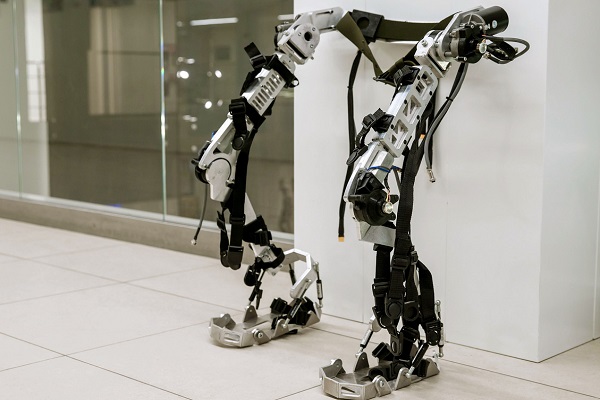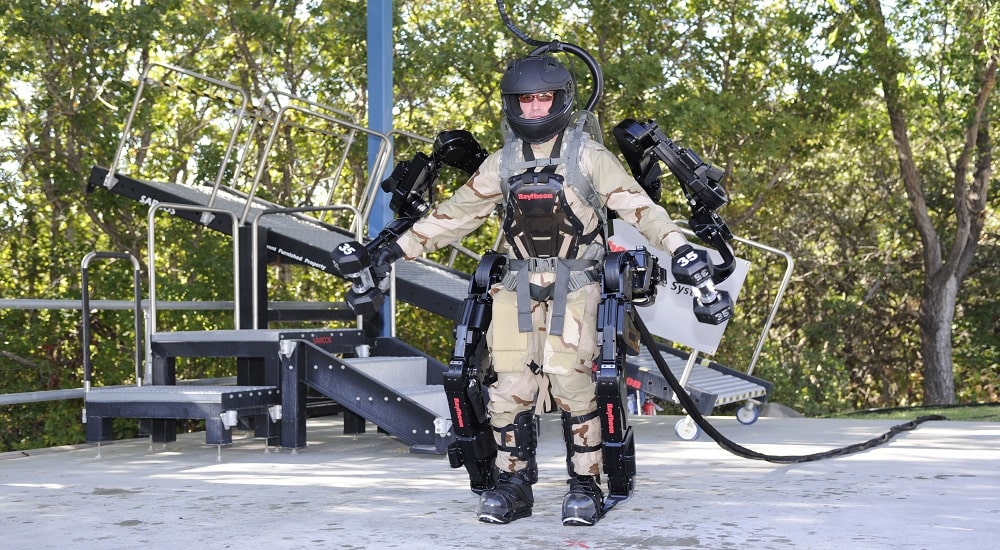The New Reality: Exoskeletons in Everyday Life

Exoskeleton technology, once a figment of science fiction, is now emerging as a transformative tool in various sectors. These wearable devices, designed to augment human strength and endurance, are gradually becoming an integral part of our lives, reshaping how we approach work, healthcare, and daily activities.
Exoskeletons are set to become more prevalent in our daily lives, offering enhanced physical capabilities and support. These devices range from full-body suits to limb-specific attachments, designed to assist with movement, strength, and endurance. In the future, exoskeletons could become as ubiquitous as smartphones or VR games at Winfest Casino, offering personalized support for a variety of activities.
The Need for Exoskeletons in Heavy Production
In heavy production, exoskeletons serve a critical role in reducing workplace injuries and increasing efficiency. Tasks that involve heavy lifting, repetitive motions, or awkward postures can lead to physical strain and injuries. Exoskeletons provide support to the user’s body, reducing the load on muscles and joints, and enabling workers to perform tasks that were previously strenuous or unsafe.
Benefit from exoskeleton technology
Beyond heavy production, exoskeletons find applications in various industries. In healthcare, they aid in rehabilitation, helping patients regain mobility and strength. In the military, exoskeletons enhance soldiers’ physical abilities, improving endurance and load-carrying capacity. The construction industry benefits from exoskeletons by improving worker safety and productivity, and they have potential applications in emergency response, aiding rescuers in physically demanding situations.

Current Uses of Exoskeletons
Presently, exoskeletons are actively used in several fields. In manufacturing and warehousing, they assist workers in lifting and moving heavy objects. In medical rehabilitation, exoskeletons help patients recovering from injuries or strokes regain movement. The military has been experimenting with exoskeletons to enhance soldiers’ physical capabilities, and there are ongoing trials for their use in aiding elderly individuals with mobility.
Still Human, But Better: Enhancing Human Abilities
Exoskeletons represent a significant leap in human capability enhancement. They are not about replacing human abilities but augmenting them. This technology empowers individuals to perform tasks that were previously impossible or harmful, reducing the risk of injury and fatigue. As exoskeletons become more advanced, they offer the promise of a future where physical limitations are significantly reduced, allowing individuals to achieve more while maintaining their health and safety.
Exoskeleton technology is rapidly evolving, promising a future where human physical limitations are significantly reduced. As these devices become more integrated into various sectors, they will revolutionize how we work, heal, and live. From heavy production to healthcare, exoskeletons stand poised to enhance human capabilities, marking a new era in human-machine collaboration.
